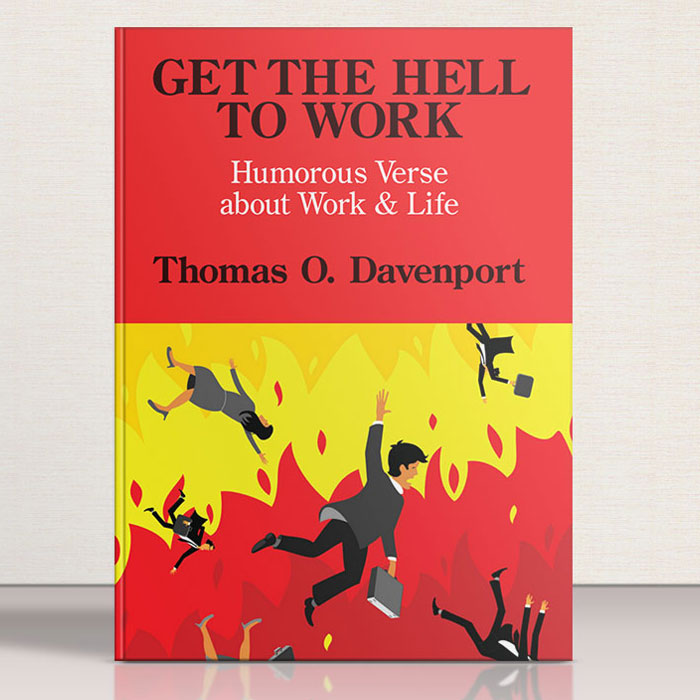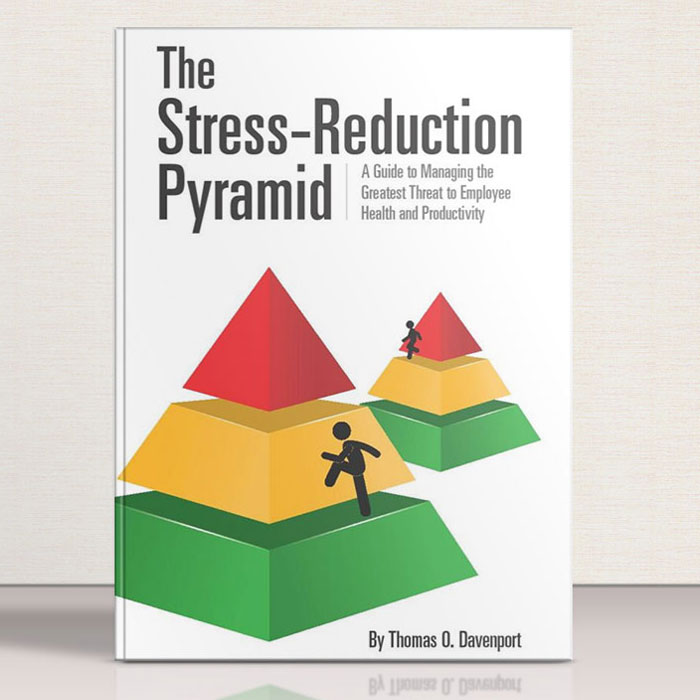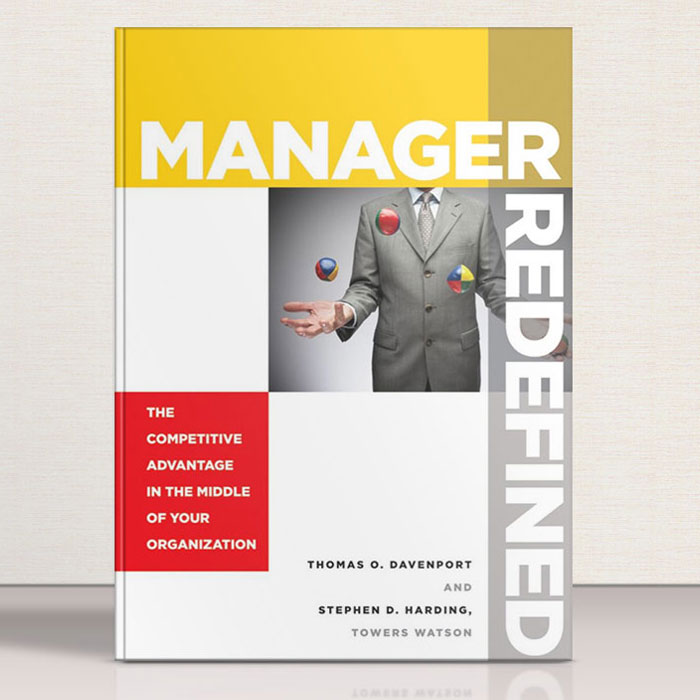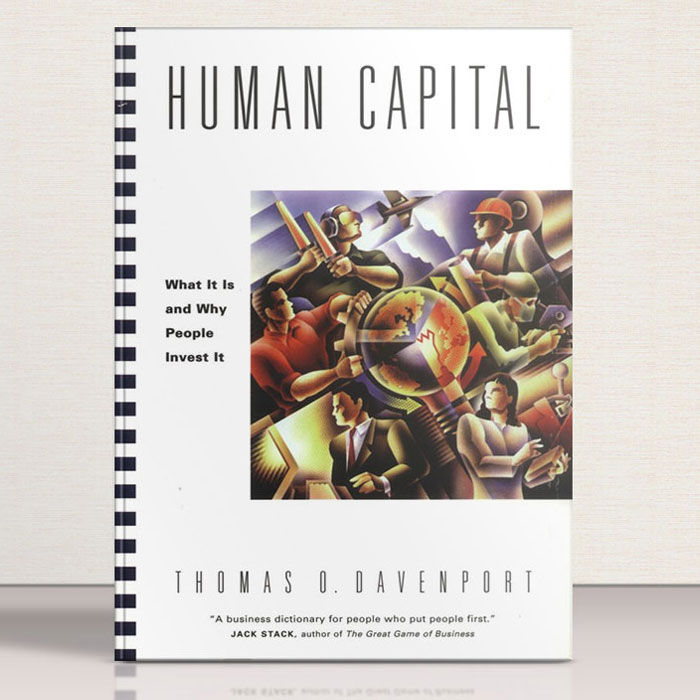Tom’s Published Works

Get The Hell To Work
“As Tom Davenport reminds us in Get the Hell to Work—his delightful collection of verses about jobs, employment, careers and related irritants—’Laughter at work can seem as rare as a copier that never jams.’ His subject-matter ranges from commuting via streetcar to spreadsheets to lawyers to the elusive art of ordering a schmappucino. He is clearly comfortable writing in forms as complex as the villanelle or as simple as a run of rhymed quatrains.
I could go on about matters of wordplay, pun, and parody, but instead I will urge you to go grab several copies of this book, take them to work and pass them along to colleagues who need it. You know exactly who they are.”
– Marilyn L. Taylor, Former Poet Laureate of Wisconsin, Author of Step on a Crack

The Stress-Reduction Pyramid
Business leaders identify workplace stress as the number one risk to employee health and productivity. Researchers at Harvard and Stanford estimate that workplace stress contributes to at least 120,000 deaths each year and accounts for as much as 8% of annual health care costs in the U.S.
The Stress-Reduction Pyramid: A Guide to Managing the Greatest Threat to Employee Health and Productivity describes practical actions managers, executive leaders and human resource professionals can take to reduce and transform unhealthy stress at work. The book lays out how organizations can:
- Diagnose the underlying causes of stress and implement effective solutions
- Manage culture to create a more challenging, gratifying and supportive work environment
- Structure jobs to maximize employee energy and minimize damaging stress
- Help employees deal with stressful financial burdens
- Take a pragmatic approach to boosting employee resilience
- Provide readily available and effective care for those with stress-related health issues.
The Stress-Reduction Pyramid is a detailed resource for leaders who know that recognizing and responding to the causes of stress at work is critical to fostering employee engagement and productivity and reducing health care costs.

Manager Redefined
In this book, Tom and his co-author (Stephen Harding) explain that managers must build human capital and increase employee engagement by managing the work environment rather than the people. Great managers engender performance by attending to the factors and circumstances that make employees successful and then getting out of the way. In other words, 21st century managers must play their roles from offstage and out of the limelight.
Tom and Stephen present a manager performance model comprising five key parts: Executing Tasks; Developing People; Delivering the Deal; Energizing Change and acting with Authenticity and Trust. They challenge readers to think of managers as potential centers of insight and influence, under appreciated in many organizations but endowed nevertheless with the potential to make dramatic contributions to employee fulfillment and enterprise success.

Human Capital
Many companies say that their employees are their most important assets. Few do justice to the idea; fewer still understand that the worker-as-asset metaphor is outdated and misguided. Shifting labor markets have taught managers this lesson: as workers gain power in negotiating the terms of employment, they behave less like assets, and more like free-agent owners of investable capital. Their capital is the ability, behavior, effort, and time they contribute to a company. Like players in any market, they expect a healthy return on their investment.
In Human Capital, author Thomas O. Davenport explores this worker-as-investor notion, describing what it means to both employer and employee. He explains how companies who treat workers as investors can attract, develop, and retain people who get so much value from the organization—and give so much back in return—that they create a competitive advantage. Human Capital can help executives and managers build organizations worthy of investment by people whose human capital means the difference between success and failure in a competitive world.
